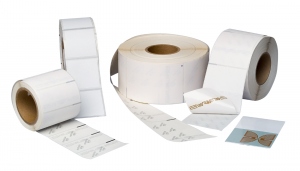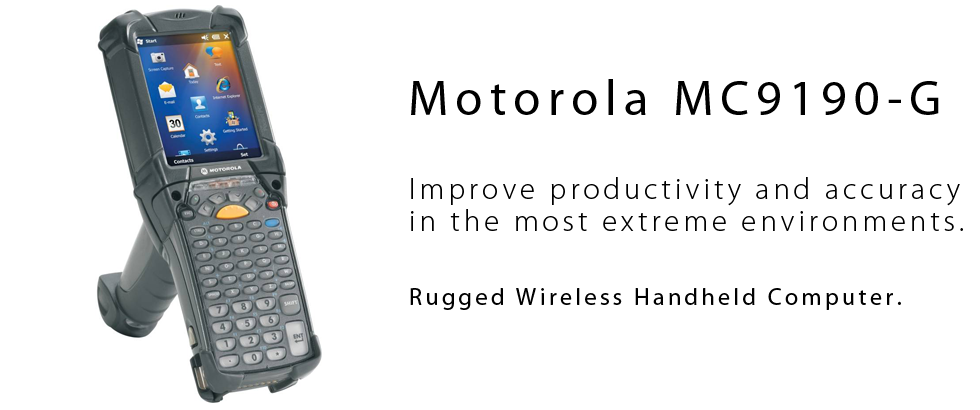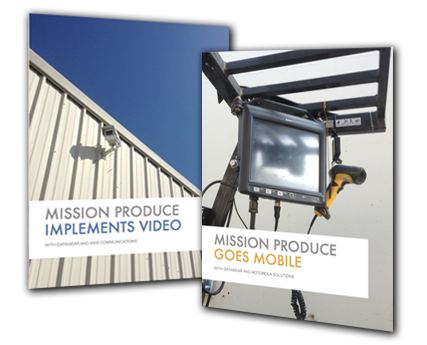RFID tags, simply put, are intelligent barcodes that allow the tracking and management of an item. RFID tags have existed since the 1970s, but because of their relatively high cost, have only recently become a popular and viable replacement for the more “traditional” barcode.
Historic Uses of RFID Tags
RFID tags were originally used to track high-value or large items like livestock, railroad cars, or airline luggage when transported over a long distance. RFID tags, at that time, were a complex system of metal coils, antennas and glass called an “inductively coupled RFID tag.”
The next development in RFID technology produced “capacitively coupled tags” as an attempt to lower the cost of the technology with Motorola’s BiStatix RFID tags as the leader in this technology.
The most recent RFID technology includes active, semi-active and passive RFID tags. These are typically composed of a microchip, antenna, and a battery (for active and semi-passive tags). They are usually enclosed in plastic, silicon or glass, but experiments with a variety of materials have been done.
Active and passive tags can be made to fit on almost any product and are relatively inexpensive to produce (passive tags are less expensive than active or semi-passive tags because they do not require batteries).
Why RFID is Becoming a Popular Alternative to Barcodes
In comparison to RFID, barcodes can be somewhat restrictive for a variety of reasons. For one, to maintain an accurate account of inventory, every barcode must be scanned on every box of each and every product which takes a considerable amount of time and energy. This process must be done on both the receiving and check-out ends.
RFID tags have better read and write capabilities, allowing the information stored to be changed, updated or locked and as a result, are a better way to track merchandise or items (and even people!). There are three different ways to store information on RFID tags – read-write, read-only, or WORM (write once, read many).
Different Ways RFID Technology is Being Used
1. Kaiten Sushi Restaurants – “Conveyor Belt” style sushi restaurants implement RFID technology to track how long dishes have been on the conveyor belt and the purchases made by customers. Plates are equipped with RFID tags and readers are placed at different points along the belt so that when a plate has been out for 90 minutes, the system is notified so that the plate can be pulled. It also helps keep track of popular dishes, eliminate waste, and offer customers a quicker billing process.
2. Libraries and Document Firms – RFID tags are attached to books and documents so that they can be tracked as they move throughout a facility or as they are checked out and returned. RFID scanners do not require “line of sight”, meaning multiple tags can be read at once (a whole stack of books or files) making checkout faster. The installation of RFID scanners throughout a facility also allows companies to keep track of items by scanning the tags when they come within range of a scanner. Libraries have implemented RFID technology at exit sensors, book-drop readers, sorters and conveyors, handheld readers, and self checkout or staff checkout stations.
3. Legoland – Legoland distributed RFID bracelets to children at their parks to help prevent “lost” children. Although this may seem intrusive, anyone who has experienced separation from their child at a public facility (for however brief) might advocate the use of this technology.
4. Season Ticket Holders – Sports season ticket holders have been given RFID passes so that they could bypass entrance lines and get to their seats more quickly.
5. Hospitals – Hospitals and medical centers use RFID bracelets to store medical records and prevent error in treatment.
6. Passports – RFID technology is being implemented into passports with the US leading the way.
7. Elephants – The use of RFID technology in monitoring and tracking of pets has been popular for quite some time. It is now even being used in India for “pet” elephants to reduce trafficking. It can also be used on “doggie doors” to prevent unwanted animals from getting through the door (only pre-approved or RFID chipped pets can pass through the door).
8. Clubbing – Some clubs have given VIP patrons the option of RFID “chipping” in lieu of carrying a wallet or debit card.
9. Music – Companies like Fender have been installing RFID chips in their instruments as a means of theft prevention. The list of instruments with chips is provided to law enforcement, instrument dealers and repair shops.
10. Pirelli Tires – This tire company utilizes RFID technology to transmit information on road conditions.
What are your thoughts on RFID technology?





